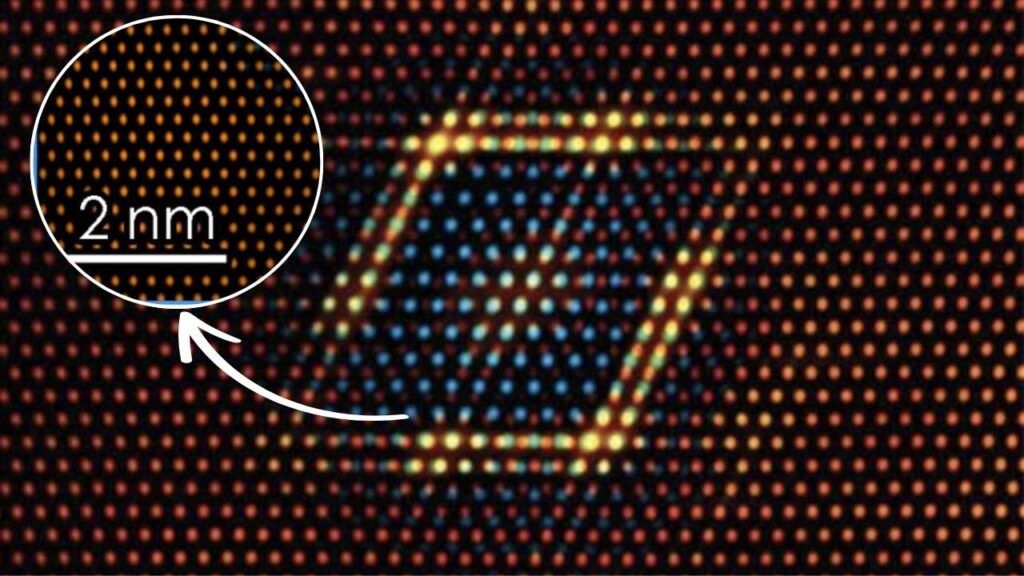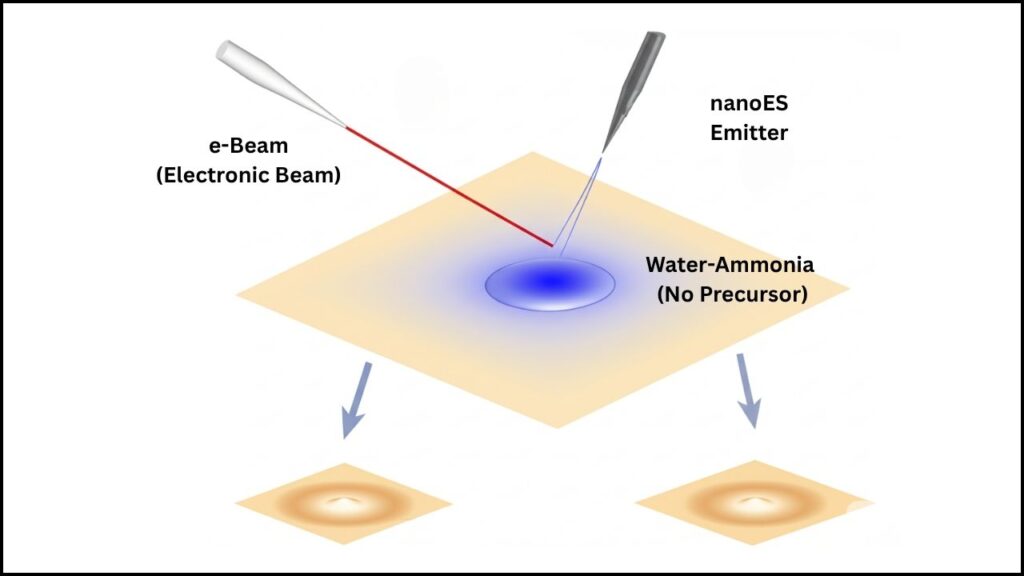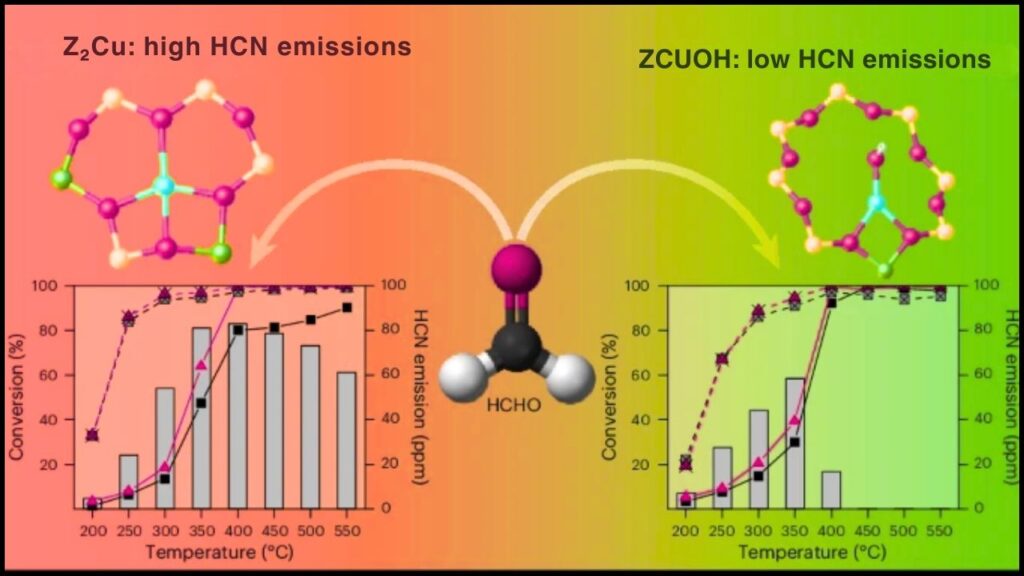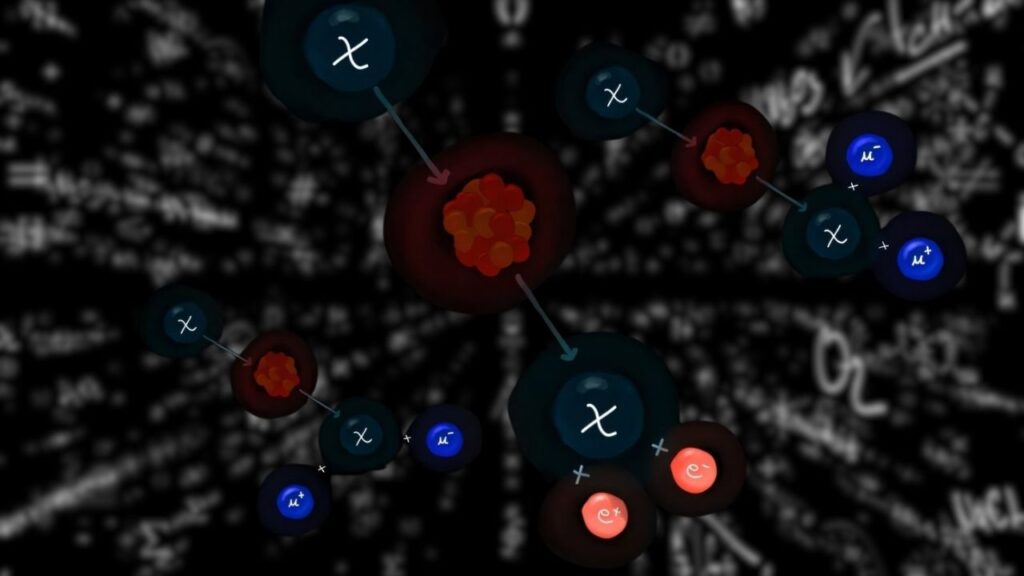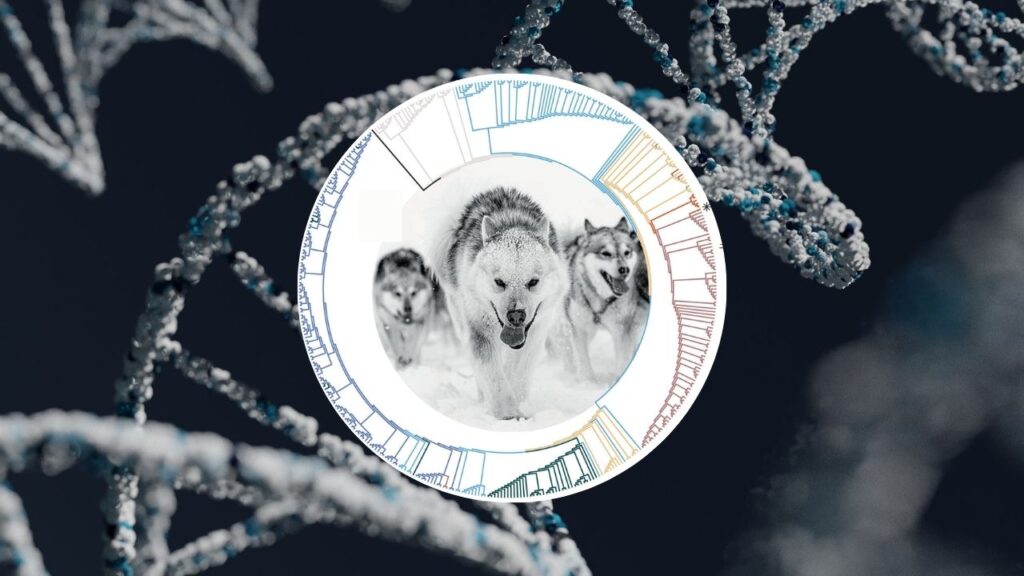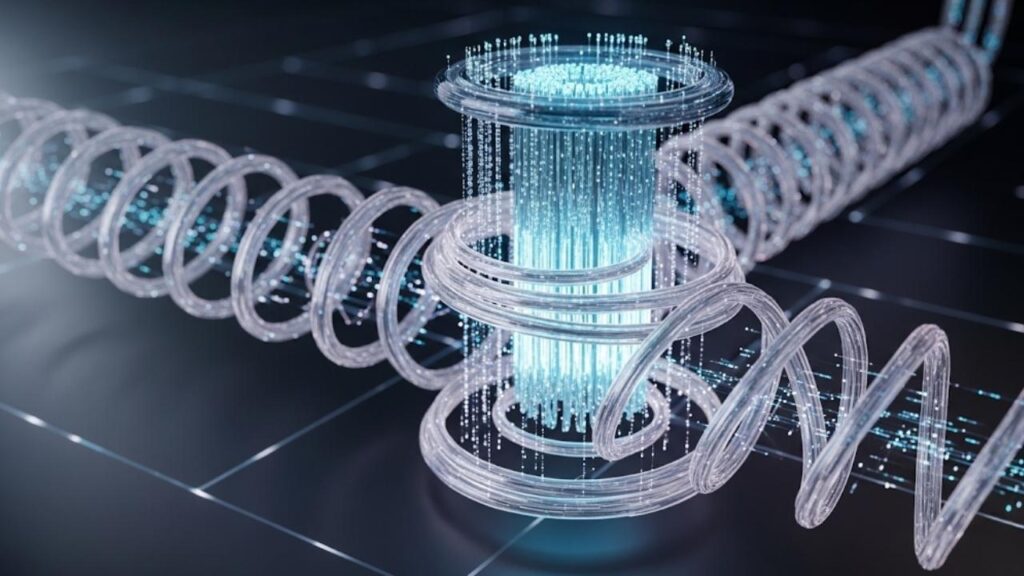Superconductivity is one of the most extraordinary phenomena in physics. Imagine electricity flowing through a wire with zero resistance—no heat, no loss, just pure current. For over a century, scientists have chased materials that can do this at temperatures high enough for practical, everyday use. The recent discovery of high-temperature superconductivity (high-Tc) in La₃Ni₂O₇—a nickel-based compound—is a breakthrough that changes the game for physicists, materials scientists, and engineers worldwide.
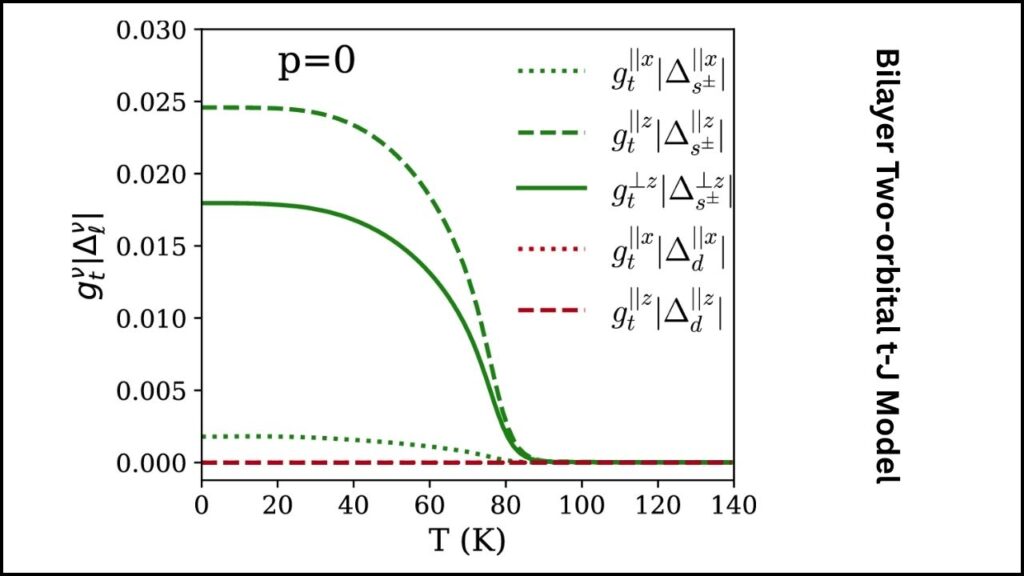
This discovery is a milestone because, for the first time, a nickel-based material has joined the exclusive club of high-Tc superconductors, previously dominated by copper-based (cuprate) and iron-based (pnictide) materials. La₃Ni₂O₇ becomes superconducting at about 83 K (Kelvin) under extreme pressure—that’s just a few degrees above the temperature of liquid nitrogen (77 K), a much cheaper and easier-to-handle coolant than liquid helium. This leap brings us one step closer to unlocking the full potential of superconductors in technology and industry. Let’s dive deep into what makes La₃Ni₂O₇ so special, how it works, and what this means for the future.
Table of Contents
Why Is High-Tc Superconductivity in La₃Ni₂O₇ So Important?
Most everyday metals, like the wires in your home, lose energy as heat when electricity flows through them. Superconductors are different—they allow electricity to flow without any loss, but only under very cold conditions. The big challenge has always been to find materials that remain superconducting at temperatures that are practical and affordable. For decades, high-Tc superconductivity was only seen in cuprates and, more recently, iron-based materials. The discovery that La₃Ni₂O₇—a nickel-based compound—can do this opens a whole new chapter in condensed matter physics.
La₃Ni₂O₇ is part of a family of compounds called nickelates, which are chemically similar to cuprates but have never before shown such robust high-Tc superconductivity. Nickel sits right next to copper in the periodic table, and for years, scientists wondered: Why not nickelates? This discovery proves that nickelates can indeed host high-Tc superconductivity, vastly expanding the number of possible materials to study and engineer.
High-Tc Superconductivity in La₃Ni₂O₇
| Aspect | Key Data | Professional Insight |
|---|---|---|
| Superconducting Temperature | Up to 83 K (under high pressure) | Comparable to cuprates, but with nickel |
| Pressure Needed | ~14–18 GPa (over a million times atmospheric pressure) | Enables superconductivity; not yet practical |
| Crystal Structure | Orthorhombic → Tetragonal transition at high pressure | Structural change is crucial for superconductivity |
| Superconducting Fraction | Up to 41% volume fraction in best samples | Partial bulk effect confirmed |
| Ambient Pressure | Tiny superconductivity hints (0.2% volume fraction) at 80 K | Very weak, but sparks hope for future progress |
| Material Type | Bilayer Ruddlesden-Popper nickelate | New family of unconventional superconductors |
| Strain Engineering | Strain can raise Tc to 60 K in thin films | Film-based devices are easier to engineer |
The discovery of high-Tc superconductivity in La₃Ni₂O₇ is a breakthrough with global significance. It proves that nickelates can host high-temperature superconductivity, expanding the periodic table’s possibilities for revolutionary new materials. While practical applications are still on the horizon, the scientific, technological, and societal implications are profound. This discovery fuels innovation, inspires future researchers, and brings us one step closer to the superconducting dream.
How Does La₃Ni₂O₇ Become a Superconductor?
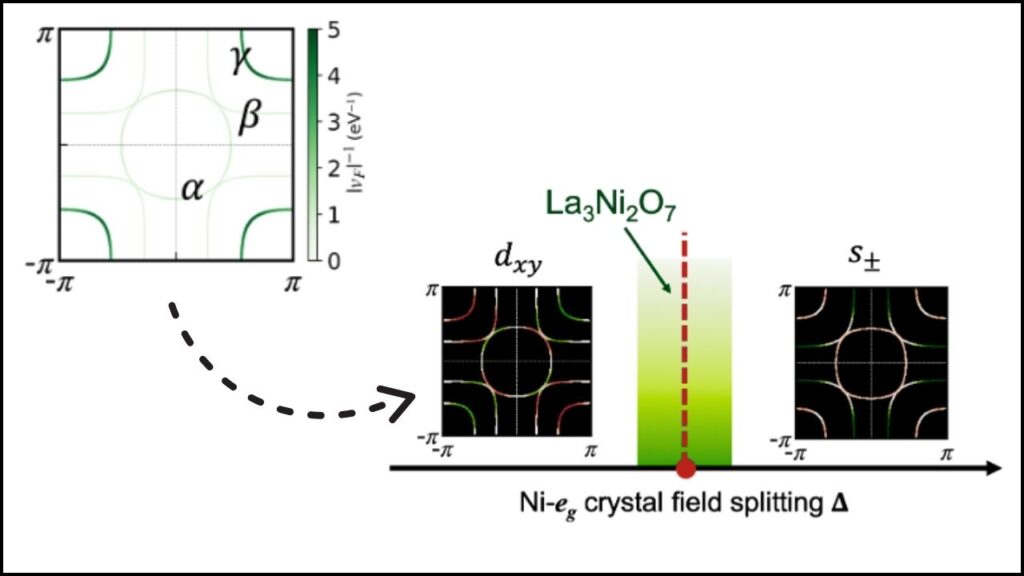
The Role of Pressure in Superconductivity
Pressure is a powerful tool in materials science. By squeezing atoms closer together, pressure can dramatically change how materials behave. For La₃Ni₂O₇, high pressure is the key to unlocking superconductivity. At normal pressure, the material is a conventional metal—it conducts electricity, but with resistance. But when scientists apply immense pressure (equivalent to over a million times Earth’s atmospheric pressure), something extraordinary happens: the electrons in the nickel-oxygen layers start to pair up and flow without resistance.
Crystal Structure and Electron Pairing
La₃Ni₂O₇ is made up of bilayer nickel-oxygen sheets—imagine two layers of nickel and oxygen atoms stacked together. Under pressure, the crystal structure of the material changes from “orthorhombic” (a rectangular box shape) to “tetragonal” (a square box shape). This change is critical because it affects how electrons move between layers. The new structure makes it easier for electrons to pair up, forming what scientists call Cooper pairs.
Why Are Cooper Pairs Special?
In a normal metal, electrons move independently and bump into atoms, causing resistance. In a superconductor, electrons pair up—Cooper pairs—and move through the material as a single, coordinated wave.
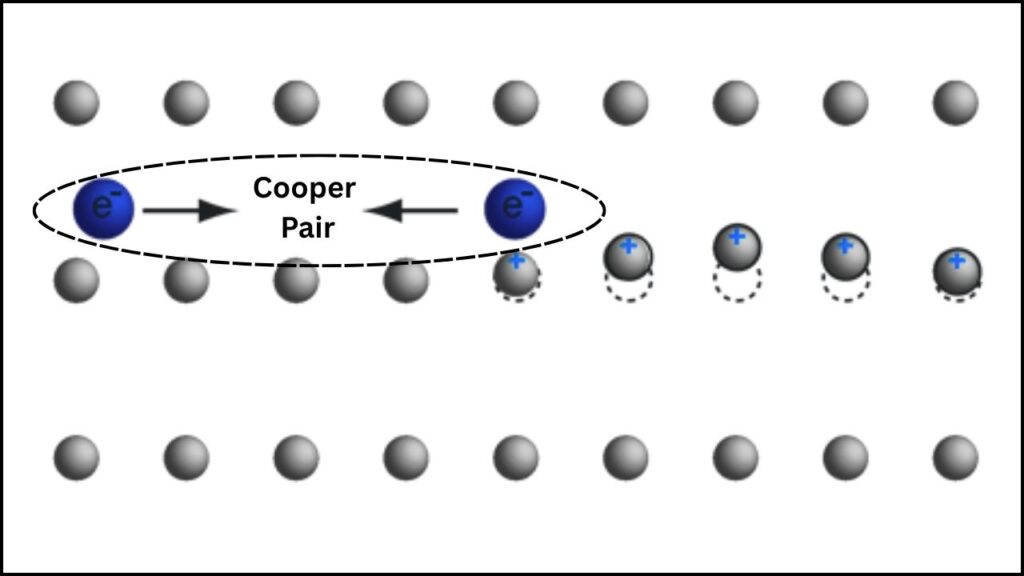
This is only possible when the material’s temperature is very low, and its atomic structure is just right. In La₃Ni₂O₇, the layered structure and strong interactions between electrons create the perfect environment for these pairs to form—but only under high pressure.
What’s Different About La₃Ni₂O₇ Compared to Other Superconductors?
A New Family of High-Tc Materials
Before La₃Ni₂O₇, the only two families of high-Tc superconductors were cuprates (copper-based) and iron-based materials. The discovery that nickelates can join this club is a major paradigm shift. It means that theoretical predictions—that nickel could support high-Tc superconductivity—are correct, opening up a new frontier for materials discovery.
Complex and Delicate Chemistry
La₃Ni₂O₇ is not an “easy” material to work with. Its superconductivity is extremely sensitive to oxygen content—the exact amount of oxygen atoms in the crystal must be just right. Too much or too little, and the material doesn’t become superconducting. This sensitivity makes the material challenging to synthesize, but it also provides valuable clues for researchers trying to engineer even better superconductors.
Filamentary vs. Bulk Superconductivity
There is ongoing debate about whether superconductivity in La₃Ni₂O₇ is a bulk property (meaning the whole material becomes superconducting) or filamentary (meaning only small, thread-like regions do). Recent experiments show that, in the best samples, up to 41% of the material can become superconducting at once—a strong hint that it’s partially a bulk effect. However, other studies have found much smaller fractions, suggesting there’s still much to learn about how the superconductivity spreads.
Can We Use La₃Ni₂O₇ in Real Life?
The Challenge of Pressure
At present, La₃Ni₂O₇ is not ready for practical applications. The immense pressure needed to turn it into a superconductor—over a million times normal atmospheric pressure—is far beyond what’s practical for everyday devices. This is a significant barrier, but the scientific importance of the discovery is enormous. It proves that nickelates can host high-Tc superconductivity, and now scientists are racing to find ways to stabilize this state at more reasonable pressures.
Strain Engineering and Thin Films
One promising approach is strain engineering. By growing thin films of La₃Ni₂O₇ on special substrates, scientists can stretch or compress the material at the atomic level. In some experiments, this strain has boosted the superconducting temperature to around 60 K—still cold, but closer to the boiling point of cheap, readily available liquid nitrogen. This hints that tweaking the material’s structure could be a path to more practical superconductors.
Chemical Doping
Another strategy is chemical doping—adding small amounts of other elements to La₃Ni₂O₇ to mimic the effect of pressure. Early experiments suggest this approach could stabilize superconductivity at lower pressures, making the material easier to work with. While this research is still in its early stages, it offers hope for room-temperature superconductors in the future.
Why This Discovery Matters for Science, Industry, and Society
For Scientists
The discovery of high-Tc superconductivity in La₃Ni₂O₇ is a game-changer for condensed matter physics. It validates decades of theoretical work and opens up new avenues for research. Scientists can now explore how electron interactions, crystal structure, and chemical composition work together to create superconductivity in nickelates—and what this might teach us about other families of high-Tc materials.
For Engineers and Technologists
While practical applications are still years away, the principles uncovered by studying La₃Ni₂O₇ could lead to new materials that are easier to use and cheaper to cool. Imagine lossless power grids, ultra-fast computers, and magnetic levitation trains—all made possible by superconductors that work at practical temperatures.
For Students and the Curious Mind
This discovery is also inspirational. It shows that nature still holds secrets and that scientific persistence pays off. For young scientists, the message is clear: keep exploring, keep questioning, and never assume “impossible” means “forever.”
Electric Field Trick Revealed That Can Instantly Switch Off Superconductivity
Breakthrough Discovery Reveals How Electric Fields Control Superconductivity
Scientists Achieve Room-Temperature Superconductivity — What It Means for Tech and Energy
FAQs About High-Tc Superconductivity in La₃Ni₂O₇
What exactly is La₃Ni₂O₇ and why is it special?
La₃Ni₂O₇ is a nickel-based oxide with a layered crystal structure. It’s special because, for the first time, a nickel-based material has shown robust high-temperature superconductivity under extreme pressure.
How does superconductivity in La₃Ni₂O₇ differ from other superconductors?
Most cuprates and iron-based superconductors require very cold temperatures, but their discovery was a breakthrough in the 1980s and 2000s, respectively. La₃Ni₂O₇ is the first nickel-based material to join this elite group, validating theories that nickelates could host high-Tc superconductivity.
Can La₃Ni₂O₇ be used in everyday devices right now?
No. Superconductivity in La₃Ni₂O₇ only appears under extreme pressure, which is not practical for real-world applications. However, the discovery is a proof-of-concept that could lead to new materials with more practical properties.
What’s next for superconductivity research?
Scientists are exploring chemical doping, strain engineering, and novel synthesis methods to stabilize superconductivity in nickelates at lower pressures. New theoretical models are also being developed to understand the mechanisms behind high-Tc superconductivity in these materials.
How close are we to room-temperature superconductors?
La₃Ni₂O₇ operates at about 83 K—much higher than most superconductors but still far from room temperature (~300 K). However, the scientific principles uncovered could guide future discoveries, bringing us closer to dream technologies like lossless electricity and quantum computing.
